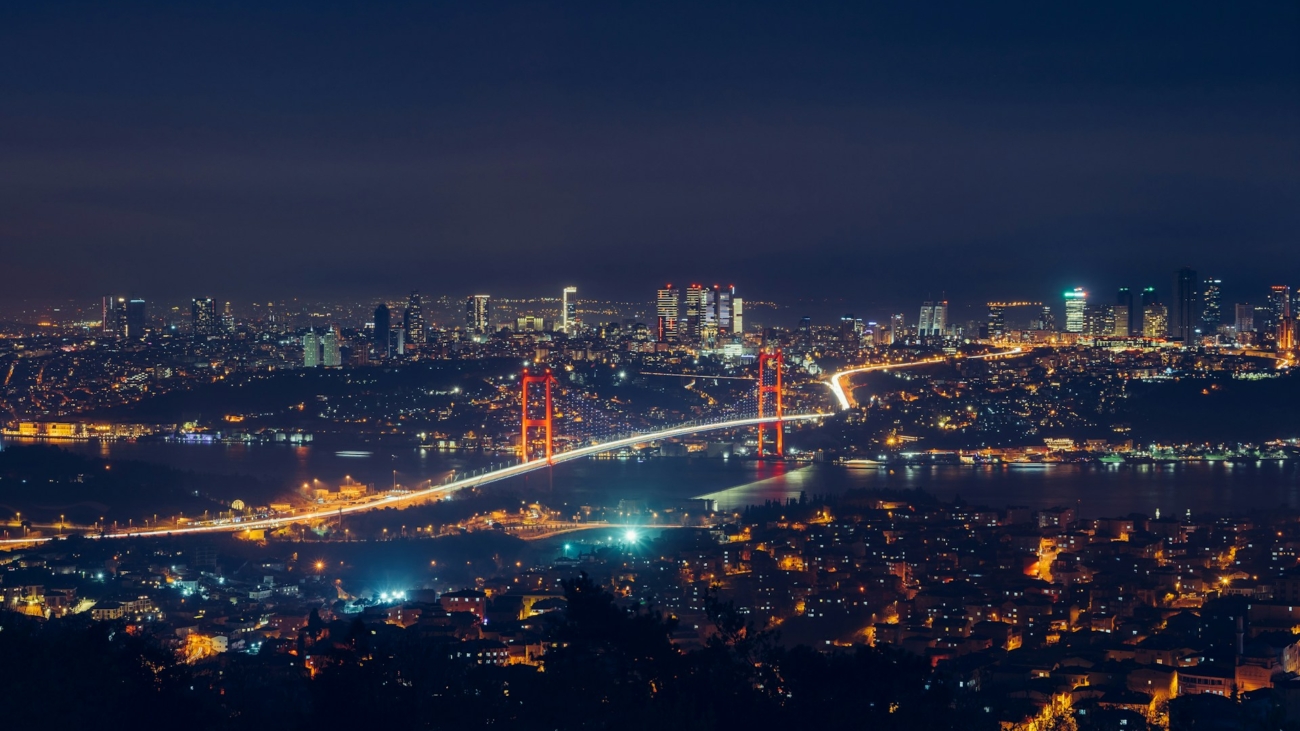As India continues to urbanize, Tier 2 cities are experiencing significant population growth and increased migration. This rapid urbanization poses challenges to existing traffic systems and public transportation networks, necessitating the adoption of smart city solutions. Effective modeling of traffic systems and public transportation can help Tier 2 cities manage growth sustainably and enhance accessibility for all residents. This article explores how these systems can be modeled to accommodate future needs while prioritizing sustainability and accessibility.
Understanding the Context: Population Growth and Influx
Tier 2 cities in India, such as Jaipur, Surat, and Bhopal, are witnessing substantial population growth due to economic opportunities, improved infrastructure, and a better quality of life compared to larger metropolitan areas. As these cities expand, the demand for efficient and sustainable transportation systems becomes critical. Modeling traffic systems and public transportation effectively can help manage this growth, ensuring that cities remain livable and inclusive.
Modeling Traffic Systems
1. Data Collection and Analysis
Effective traffic system modeling begins with comprehensive data collection. This includes:
- Traffic Flow Data: Using sensors, cameras, and GPS data to monitor vehicle movements and traffic patterns.
- Population Demographics: Analyzing demographic data to understand population distribution, commuting patterns, and peak travel times.
- Infrastructure Inventory: Mapping existing roads, intersections, traffic signals, and public transportation routes.
2. Traffic Simulation Models
Traffic simulation models can predict how traffic flows will change with population growth and infrastructure developments. Key types of models include:
- Microscopic Models: Simulate individual vehicle movements to analyze detailed interactions at intersections and traffic signals.
- Macroscopic Models: Examine overall traffic flow on larger road networks, providing insights into congestion patterns and capacity issues.
- Mesoscopic Models: Combine elements of both microscopic and macroscopic models, offering a balanced view of individual behaviors and overall traffic dynamics.
These models can be used to test various scenarios, such as new road construction, changes in traffic signal timings, and the impact of new public transportation routes.
3. Intelligent Traffic Management Systems
Implementing intelligent traffic management systems (ITMS) can optimize traffic flow and reduce congestion. ITMS can include:
- Adaptive Traffic Signals: Adjust signal timings based on real-time traffic conditions to minimize wait times and improve flow.
- Traffic Monitoring Centers: Centralized control centers that monitor traffic in real-time, deploy response teams, and manage incidents.
- Variable Message Signs: Provide real-time traffic information to drivers, such as road closures, congestion warnings, and alternative routes.
Public Transportation Modeling
1. Demand Forecasting
Forecasting future demand for public transportation involves analyzing current usage patterns and predicting how they will change with population growth. Key factors to consider include:
- Population Projections: Estimating future population size and distribution within the city.
- Economic Factors: Assessing how economic growth and job distribution influence commuting patterns.
- Travel Behavior: Understanding preferences for different modes of transportation, such as buses, trains, and shared mobility services.
2. Public Transportation Network Design
Designing an efficient public transportation network requires integrating various modes of transport and ensuring seamless connectivity. Strategies include:
- Multimodal Integration: Creating hubs where different modes of transportation intersect, allowing for easy transfers between buses, trains, and shared mobility services.
- Route Optimization: Using algorithms to design routes that minimize travel time and maximize coverage, ensuring accessibility to all parts of the city.
- Dynamic Scheduling: Implementing flexible schedules that adjust based on real-time demand, reducing wait times and improving service efficiency.
3. Sustainable Transportation Solutions
Sustainability is a key consideration in modern public transportation systems. Sustainable solutions include:
- Electric Buses and Trains: Transitioning to electric vehicles to reduce emissions and improve air quality.
- Bicycle and Pedestrian Infrastructure: Developing dedicated lanes and pathways to encourage non-motorized transportation.
- Carpooling and Ride-Sharing Programs: Promoting shared mobility options to reduce the number of vehicles on the road.
Enhancing Accessibility
Ensuring accessibility for all residents is crucial for an inclusive transportation system. This can be achieved by:
- Universal Design Principles: Designing public transportation vehicles and infrastructure to be accessible to people with disabilities, the elderly, and families with young children.
- Affordable Fare Structures: Implementing pricing strategies that make public transportation affordable for all income levels.
- Information Accessibility: Providing real-time information on transportation options, schedules, and routes through mobile apps and public displays, in multiple languages and formats.
Conclusion
Modeling traffic systems and public transportation for Tier 2 cities in India is essential for managing population growth and enhancing urban livability. By leveraging data-driven approaches, intelligent traffic management systems, and sustainable transportation solutions, cities can create efficient, accessible, and environmentally friendly transportation networks. The integration of these strategies will ensure that Tier 2 cities are well-equipped to handle future challenges, providing their residents with a high quality of life and promoting sustainable urban development.

